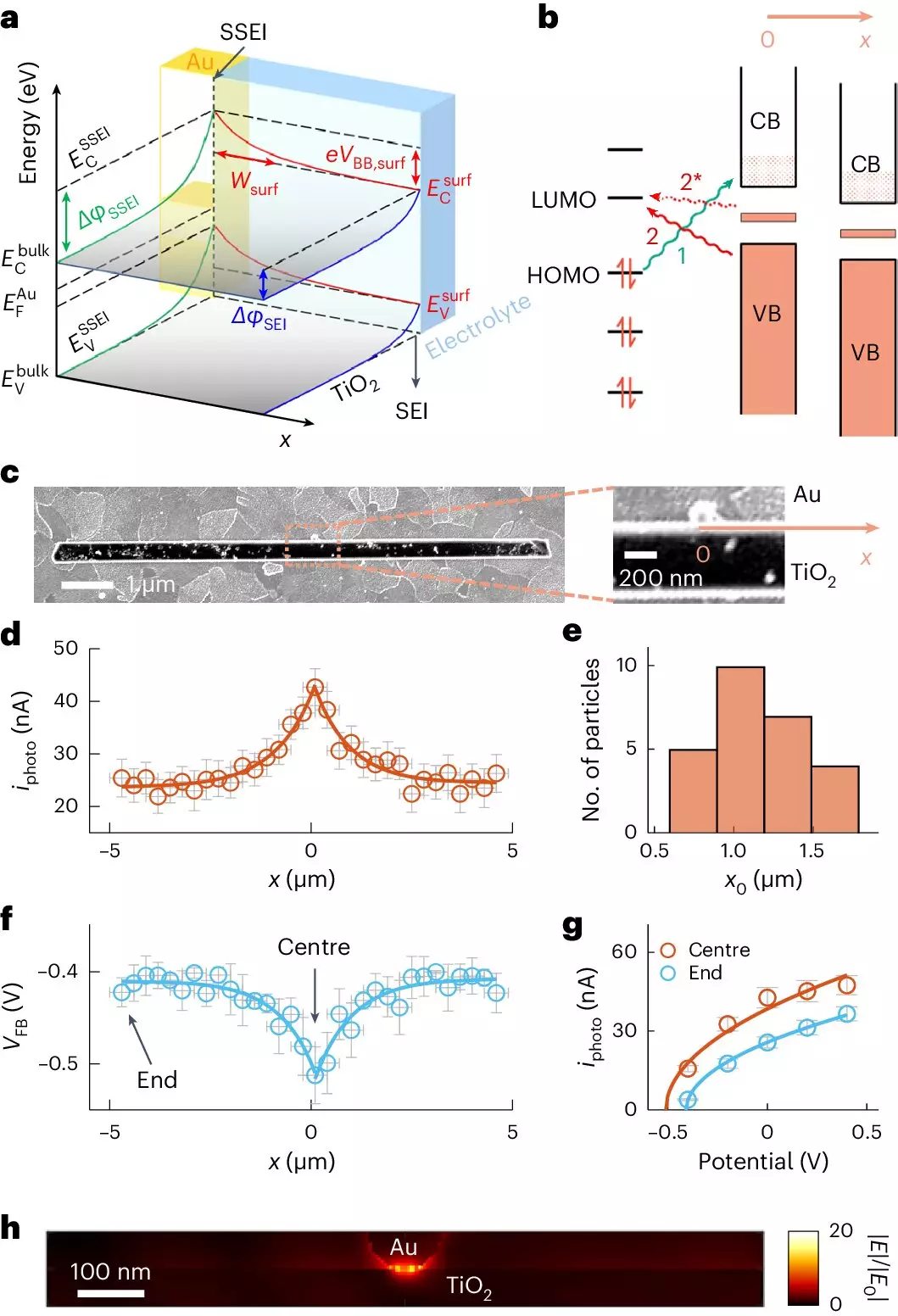In an age where environmental sustainability is of utmost importance, the management of micropollutants—substances such as pesticides and trace chemicals that lurk undetected in our water and soil—poses a significant challenge. These pollutants, often stemming from agricultural runoff and industrial processes, can wreak havoc on ecosystems and human health. Traditional methods of purification have proven inadequate against the persistence and concentration of these chemicals. Therefore, a need exists for innovative technological solutions that can efficiently break down these harmful substances.
Photocatalysis: A Promising Solution
Among the promising approaches to tackle micropollutants is photocatalysis, a process utilizing sunlight and semiconducting materials to degrade toxic compounds. The excitement around this technique lies in its potential for sustainable remediation; after all, harnessing the sun’s energy provides a clean and abundant energy source. Titanium dioxide (TiO2) has emerged as a frontrunner in photocatalytic applications due to its stability and efficacy. However, achieving full operational capability can be complex and often inefficient. After all, a small improvement in an already effective method can lead to significant leaps in performance—hence the focus on enhancing TiO2 with gold nanoparticles.
The Cornell Research Breakthrough
A recent study by a team at Cornell University has unveiled a groundbreaking approach to optimizing photocatalysis. By employing a novel imaging technique known as adCOMPEITS (Adsorption-based COMPetition Enabled Imaging Technique with Super-resolution), researchers were able to study how gold nanoparticles interact with TiO2 at an unprecedented scale. Ming Zhao, the lead author and former postdoctoral researcher at Cornell, emphasizes the importance of this research in advancing our understanding of how these interactions unfold at the molecular level.
The experiment showcased how the teeny gold particles, measuring merely 100 nanometers, effectively enhanced the adsorption capacity of TiO2 micrometers away from their localized vicinity, a discovery that seemingly defies prior expectations. Such long-range effects could dramatically enhance the efficiency of photocatalytic processes, thereby offering a more effective solution in pollutant degradation.
The Mechanism of Action: Surface Band Bending
At the core of this phenomenon is the concept of surface band bending. Essentially, when gold nanoparticles are added to the titanium dioxide, they modify the electronic properties of the TiO2 surface. Chen’s research team found that the resulting alterations led to an expansive region of increased adsorption capability. This means that the physical presence of a tiny gold particle can have extensive implications for the surrounding chemical environment. The exponential decay profile of band bending extends its effects significantly, allowing for enhanced chemical interactions that were previously unanticipated.
This newfound understanding lays the groundwork for not just improving photocatalysis but also expanding its applications to related fields like sensing technologies and dye-sensitized solar cells. It brings to light the potential cross-disciplinary benefits of such research, indicating a future where integrated technologies can offer solutions across various environmental challenges.
Paving the Way for a Sustainable Future
The implications of this study extend far beyond academic curiosity. With the looming threat of climate change and widespread pollution, effective remediation techniques are not just desirable; they are essential. The potential to enhance photocatalytic processes with minimal amounts of noble metal co-catalysts could address some of the most pressing challenges faced by environmental scientists and engineers today.
As we grapple with increasingly stringent regulations regarding water and soil pollution, it becomes clear that innovative solutions like the one from Cornell University can lead to a more sustainable interaction with our environment. The idea that small, inexpensive additions to existing photocatalytic systems can drastically improve their efficiency holds tremendous promise—one that will resonate well into the future as we continue to seek out effective ways to protect and restore our planet.
In essence, the work being done sheds light not only on a pathway for cleaner water and soils but also stimulates an ongoing dialogue about the relationship between technology and nature. As scientists continue to push the boundaries of our understanding, the intersection of advanced materials and natural processes will undoubtedly yield solutions to some of our most dire ecological challenges. Each step forward serves as a reminder that sometimes, even the tiniest changes can lead to monumental advancements.


Leave a Reply